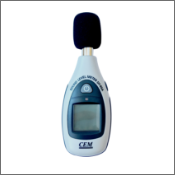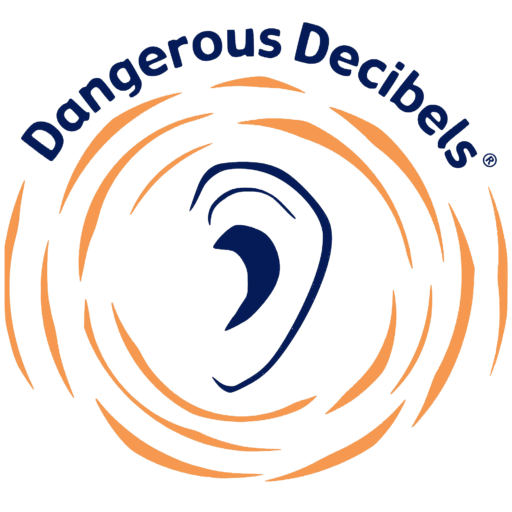Science of Sound: 5. Measuring Amplitude

Sound level meters measure sound in units called “decibels of sound pressure level” and is abbreviated dB SPL. The microphone on the sound level meter is able to measure the amplitude of the sound pressure wave.
0 dB SPL represents to the minimum detectable pressure by the average human ear which corresponds to 20µPa (µPa means micropascal; pascals are units of pressure). This is an extremely low pressure; it is less than a billionth of atmospheric pressure (which is the pressure of the air all around us).
Since the human ear can hear such a large range of amplitudes, decibels are calculated with a logarithmic scale where p=pressure and is always calculated as a ratio of 2 pressures (an observed or measured pressure p over a reference pressure p (the minimum detectable pressure by the average human ear which corresponds to 20µPa). The formula for calculating dB SPL is:

- A sound that is 10 times greater in sound pressure would equate to an increase of 20 dB SPL.
- A sound that is 10 times greater would measure 20 dB higher.
- A sound that is 100 times greater would measure 40 dB higher.
Don’t panic, you won’t have to calculate decibels to teach about Dangerous Decibels!
